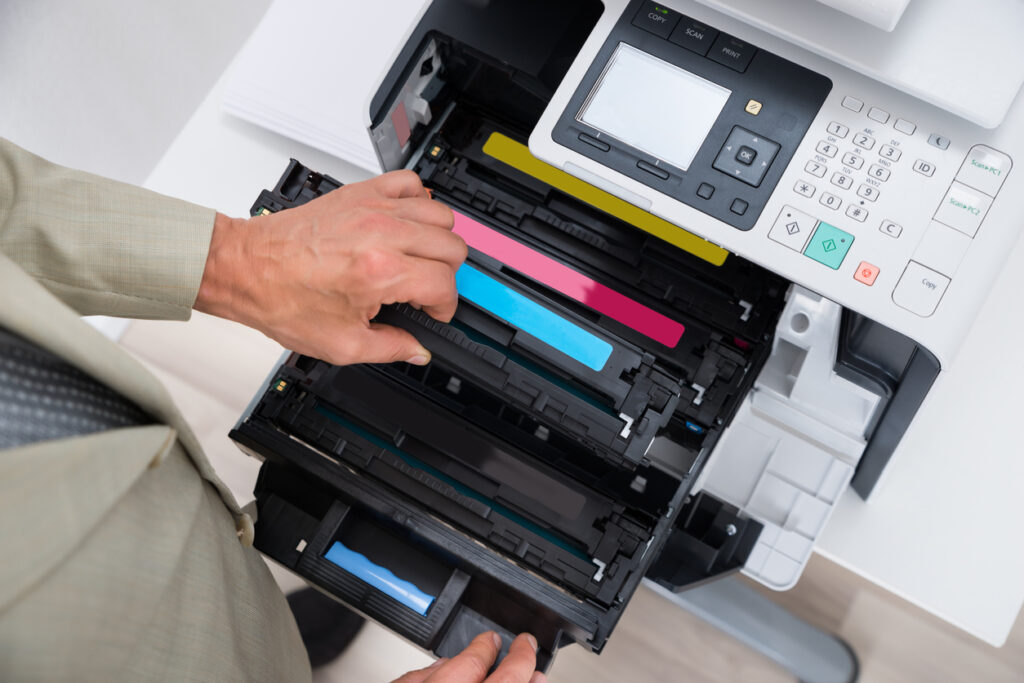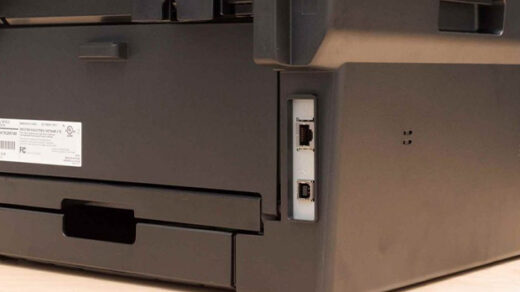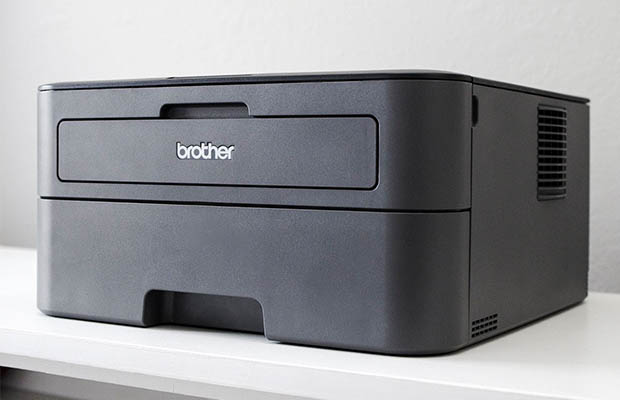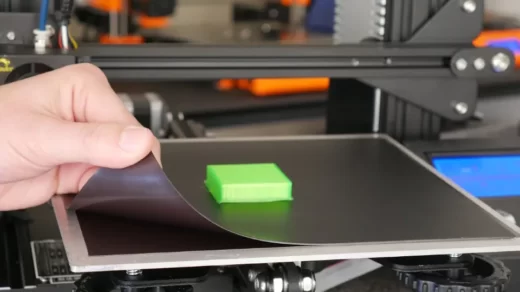Printers are designed to operate within a comfortable temperature range—a comfortable temperature range for both people and printer ink. However, if your field workstations are staffed only intermittently during the winter, or if your office is not heated on cold nights, your ink may suffer from low temperatures. But can printer ink freeze? This could theoretically cause problems, while your ink is unlikely to freeze.
The material safety data sheets for most printer inks we have today insist that the melting point of the ink is not entirely relevant. This means that the printer ink will only freeze when the temperature drops well below the natural freezing point of water itself. Continue reading and learn more about it.
Table of Contents
Problems Associated With A Frozen Printer Ink
Of course, printer ink doesn’t freeze easily, and if that happens for any reason, we know the consequences will be far from good.
The first problem you can have is when your printer ink freezes are swelling. As you know, most of the inks used by printers are water-based. So it’s not hard to understand the expansion theory here because water naturally expands when it freezes.
Now, that’s a problem – once inflation occurs, it means the print cartridge has to withstand more pressure than its enclosed chamber can handle. Excessive pressure from the frozen ink may cause the seal to crack.
In addition to possible damage to the seal, there are concerns about the print head and the wiring used to dispense the split. Then, there is the problem of separating the dye from the excess water.
How Can Frozen Ink Cartridges Be Remedied?
Fortunately, the problem caused by frozen ink does have a solution. This condition is easy to correct because most of the time the colorants are not severely affected when the ink freezes. The cause of the alarm is usually the freezer cartridge that damaged the printer itself, not the dye inside the printer.
If you’re lucky enough to avoid these problems, you can easily start a freeze-protection process by preheating the color dye before using it.
What Role Does The Right Temperature Play In Ink Storage?
The right temperature for ink storage is key to storing them properly. It is important to find the right balance. This is because; extreme cold would lead to the ink getting thicker than normal while heat would see that they become slimmer. These different scenarios mess with the color dye and the overall function of the printer.
Printer Maintenance in Winter

We’ll look at different scenarios and give tips on how to deal with them. Now, let’s say you just bought a printer from a store that might be exposed to cold weather.
The first tip is, do not to open the printer immediately after unpacking it. At least two hours are required before power is applied.
Condensation in the ink cartridges can cause the toner to clump. Caking toner can damage the printer.
To prevent damage, give the new printer some time before turning it on. The delay allows the printer to reach room temperature and allows internal condensation to evaporate. Allowing the printer to rest for a while before turning it on can avoid the risk of damaging sensitive parts of the printer.
How to Store Printer Ink?
Before deciding where to store the ink, you should try to choose a place with a room temperature of 20-30 degrees.
If you store a lot of this information, you should take it seriously because you don’t want to see it dry up from the heat, or freeze from the cold, resulting in avoidable waste.
Also, most people prefer to store printer ink in their basement or workplace, however; humidity levels need to be considered.
Printers stored in a humid environment can cause separation. In this case, the dye is separated from other properties that can greatly affect print quality and also lead to color tampering.
As you can see, monitoring the temperature is key to keeping your printer ink in good condition. It is best to store these cartridges in their packaging at the time of purchase.
They are usually packaged in a sealed package to prevent the ink from being exposed in any form that could tamper with the dye.
Also, make sure to store it in a room with plenty of air, and make sure to fully understand the shelf life of your printer’s ink, as ink is no longer useful once it expires. People who store in large quantities should be aware of this fact to avoid a lot of waste.
Conclusion
Now I think you have learned more about will printer ink freeze in winter. Can Printer Ink Freeze? It is actually possible for printer ink to freeze, but this is very rare. This is because it means the temperature must drop well below the freezing point of water.
While we are happy that the ink can still be repaired with simple heat, we must also recognize the damage that frozen ink can cause to the printer itself and avoid it entirely.
If you expose your printer ink to freezing or sub-freezing temperatures, you will need to thaw it and allow it to reach at least 50 degrees Fahrenheit (10 degrees Celsius) before printing. For the printer to function properly, its belt and electrical components must be flexible.
Read More About Printer: How Many Pages Can an Ink Cartridge Print?








